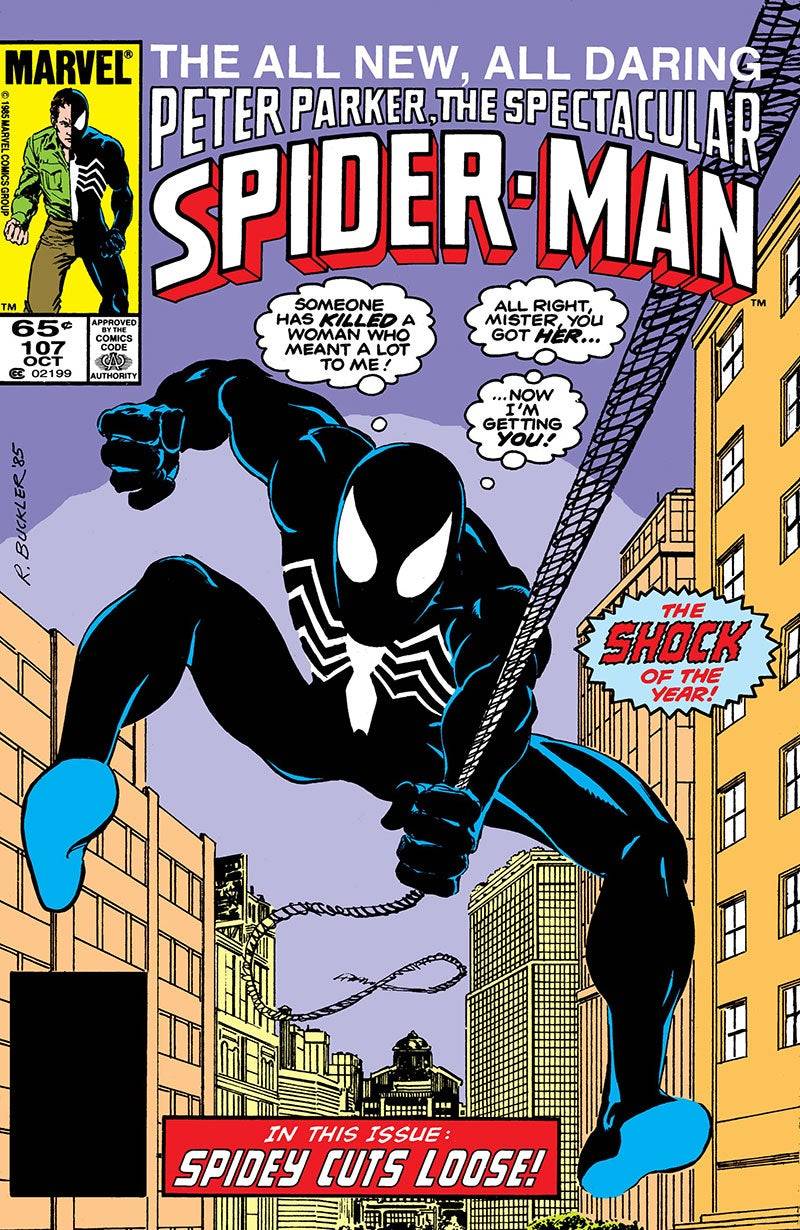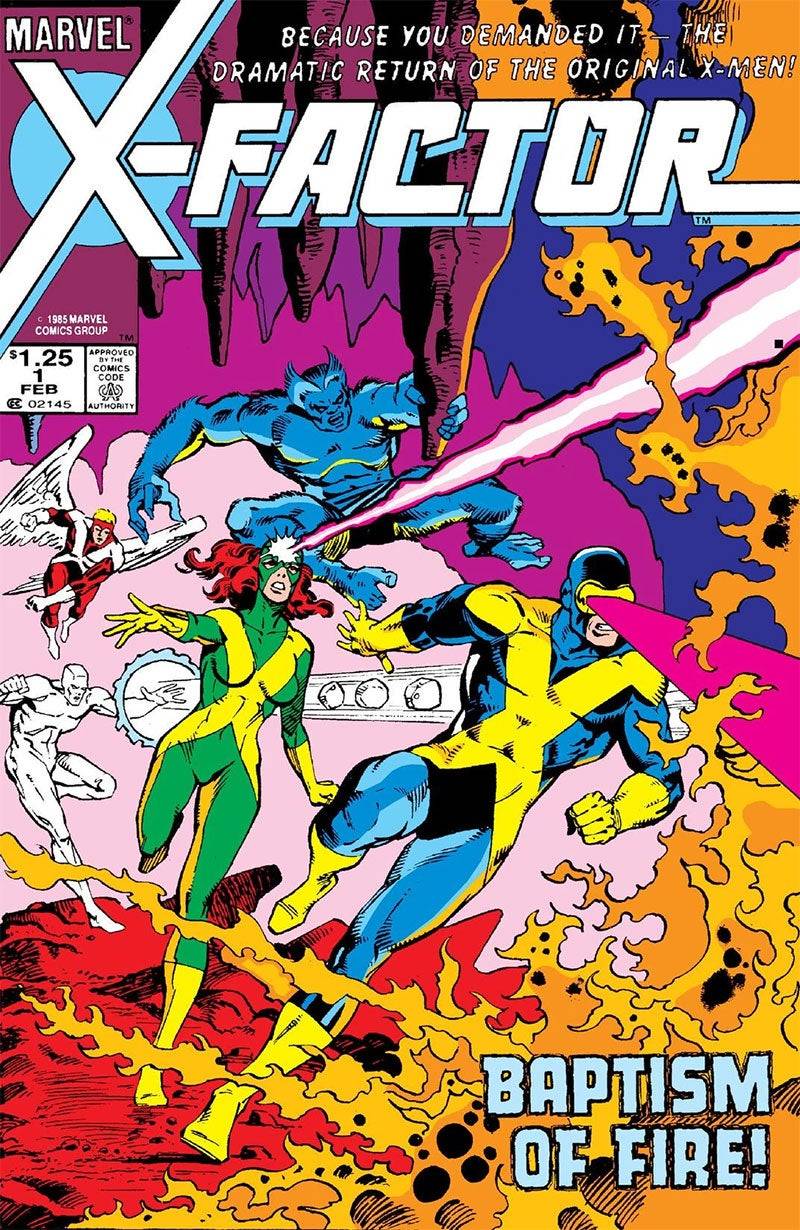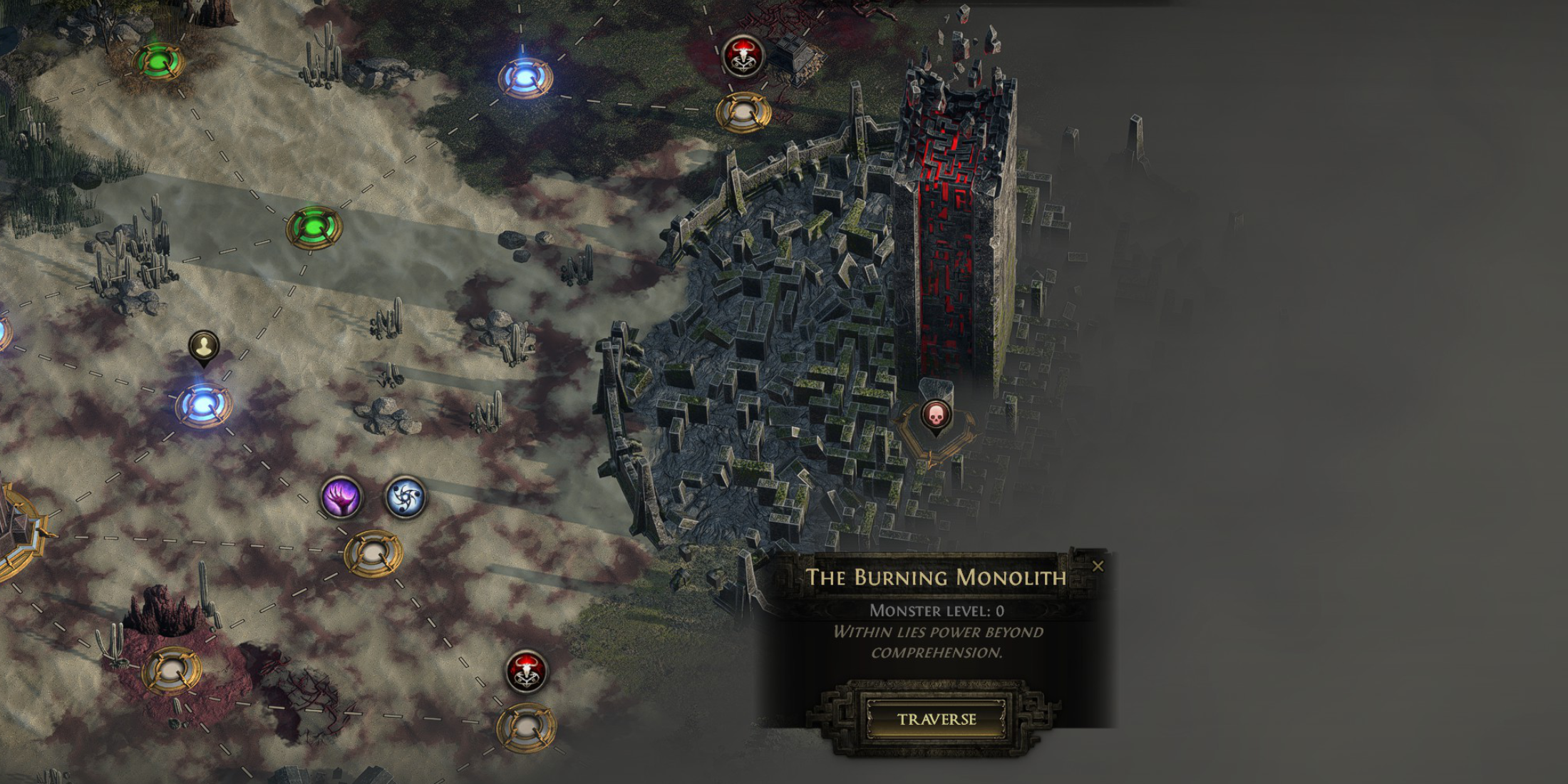The mid-1980s marked a golden era for Marvel Comics, not only creatively but also financially. Having weathered the economic storms of the late 1970s, largely thanks to the success of Star Wars, Marvel was poised to revolutionize the comic book industry with the launch of Secret Wars in 1984. This event had profound effects on both the Marvel Universe and the broader industry, setting new trajectories for its iconic heroes and villains for years to come.
This period also saw the emergence of other legendary narratives such as Frank Miller's Born Again in Daredevil, the revival of Jean Grey in X-Factor, and Walt Simonson's epic Surtur Saga in Thor. In this article, we delve into these transformative stories and other significant developments from this vibrant era. Join us as we continue our exploration in Part 8 of our series on Marvel's essential issues!
More Essential Marvel
- 1961-1963: The Birth of a Universe
- 1964-1965: The Sentinels Are Born and Cap Dethaws
- 1966-1969: How Galactus Changed Marvel Forever
- 1970-1973: The Night Gwen Stacy Died
- 1974-1976: The Punisher Begins His War on Crime
- 1977-1979: Star Wars Saves Marvel From Bankruptcy
- 1980-1982: Did the Dark Phoenix Saga Usher in the Greatest Decade for Marvel?
Frank Miller's Born Again and Walt Simonson's Surtur Saga
For some of the most acclaimed stories of this era, consider Frank Miller's Born Again, his return to writing Daredevil after his groundbreaking initial run. This time, David Mazzuchelli took on the art. Spanning Daredevil #227-233, Born Again is often cited as one of the definitive Daredevil tales. The plot revolves around Karen Page, who, in a moment of desperation, trades Daredevil's secret identity for heroin, a secret that eventually reaches the Kingpin. He uses this knowledge to dismantle Matt Murdock's life, leaving him homeless, jobless, and isolated. Matt hits rock bottom but finds redemption through his mother, a nun named Maggie. His gradual resurgence as Daredevil, juxtaposed with Kingpin's descent into obsession, crafts a compelling narrative. This story inspired Season 3 of Netflix's Daredevil and the upcoming Disney+ series Daredevil: Born Again.
 Daredevil: Born Again
Daredevil: Born Again
Walt Simonson's tenure as writer and artist on Thor, beginning with issue #337 in 1983, introduced Beta Ray Bill, an alien worthy of wielding Mjolnir. Simonson revitalized Thor's narrative with a mythical fantasy flair, culminating in the year-long Surtur Saga from #340-353. Here, the fire demon Surtur seeks to trigger Ragnarok with the Twilight Sword, dispatching Malekith the Accursed to delay Thor. The saga concludes with an epic battle involving Thor, Loki, and Odin against Surtur. Although altered, elements of this story influenced both Thor: The Dark World and Thor: Ragnarok.
Secret Wars Changes Comics Forever
As discussed in Part 4 of our series, the 1973 Avengers/Defenders War laid the groundwork for the event crossovers that would become a staple for Marvel and DC. The true shift came in 1984 with Secret Wars, a 12-issue miniseries penned by Jim Shooter and illustrated by Mike Zeck and Bob Layton. Born from a marketing deal with Mattel, Secret Wars featured the Beyonder transporting numerous Marvel heroes and villains to Battleworld to determine the superiority of good versus evil. Though the series is known for its large-scale battles and character developments, it has been criticized for lacking depth in certain character arcs. Nonetheless, its success spawned Secret Wars II and, alongside DC's Crisis on Infinite Earths, established the event story model as a dominant format in comics.
 Secret Wars #1
Secret Wars #1
Spider-Man’s Symbiote Suit and Other Iconic Spidey Stories
Following the foundational work of Stan Lee and Gerry Conway, Roger Stern took the helm of Amazing Spider-Man with issue #224, restoring the series to its expected high standards. Stern introduced the Hobgoblin in issue #238, quickly establishing him as one of Spider-Man's most formidable adversaries. Although Stern's departure after issue #251 left the villain's identity unresolved, he later revisited and concluded the story in the 1997 miniseries Spider-Man: Hobgoblin Lives.
Simultaneously, Amazing Spider-Man #252 introduced Spider-Man's iconic black symbiote costume, first seen in Secret Wars #8. This suit laid the groundwork for the introduction of Venom, one of Spider-Man's most famous foes. The symbiote storyline has been adapted across various media, including Spider-Man 3, animated series, and video games. Another pivotal story from this era is The Death of Jean DeWolff in Spectacular Spider-Man #107-110, where Spider-Man confronts the Sin-Eater and clashes with Daredevil over justice.
 Spectacular Spider-Man #107
Spectacular Spider-Man #107
Jean Grey Returns, the Rise of Apocalypse, and Other Mutant Landmarks
The mid-1980s were also significant for the X-Men. Vision and the Scarlet Witch #4 confirmed Magneto as the father of Quicksilver and Scarlet Witch, a plot twist that endured for decades. X-Men #171 saw Rogue defect from the Brotherhood of Evil Mutants to join the X-Men, cementing her status as a beloved heroine. Magneto's trial in X-Men #200 led to his temporary leadership of Xavier's School, a storyline adapted in X-Men '97.
The most impactful mutant developments were Jean Grey's resurrection and the debut of Apocalypse. Jean's return was detailed across Avengers #263 and Fantastic Four #286, where she was found in an underwater capsule with no memory of her time as the Phoenix. She subsequently joined forces with the original X-Men to form X-Factor. In X-Factor #5-6, Apocalypse, an ancient mutant enhanced by Celestial technology, emerged as a formidable foe. His influence extended beyond the comics into various adaptations, including the film X-Men: Apocalypse.
 X-Factor #1
X-Factor #1
 Home
Home  Navigation
Navigation






 Latest Articles
Latest Articles










 Latest Games
Latest Games




![Chubby Story [v1.4.2] (Localizations)](https://imgs.xddxz.com/uploads/85/1719638042667f981a5e9f8.jpg)

![Zia – New Version 0.4 [Studio Zia]](https://imgs.xddxz.com/uploads/47/1719569268667e8b74e6004.jpg)




